Which Plants Adds Nitrogen to the Soil
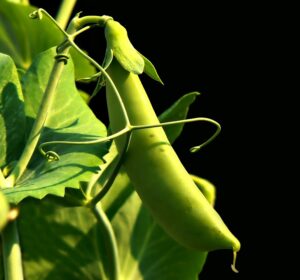
Plants that add nitrogen to the soil is known as (Nitrogen Fixing Plants) these plants are responsible for capturing and releasing nitrogen for garden plants to grow healthy. Nitrogen is a macro or major nutrient that plays a vital role in the development of plant life, in fact, nitrogen is a major component of chlorophyll, chlorophyll aids plants in converting the energy of the sunlight into sugars from water and carbon dioxide.
Nitrogen is also a major component of amino acids which form the building blocks of plant proteins and enzymes, without proteins plants will wither and die. The structural material of all living matter and enzymes is made up of proteins. Enzymes make it easy for the vast array of biochemical reactions within a plant. Below we will be taking a closer look at plants that add nitrogen to the soil.
7 Plants that Adds Nitrogen to the Soil
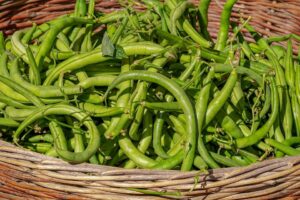
1. Beans- Beans are legumes that grow above the ground on vines, there are many types of legumes some of which includes, lima beans, red kidney beans, pole beans, pinto beans, soybeans, chickpeas, Black-eyed peas, cannellini beans, etc….beans do not only help to fix nitrogen in the soil but beans such as green beans that are a nitrogen fixer (restoring nitrogen in the soil) provides plenty of protein. Beans grow best in slightly acidic to neutral soil in 6-8 hours of sunlight pre-day. Beans thrive best in a soil pH between 6 and 7, beans love either loams or clay soils.
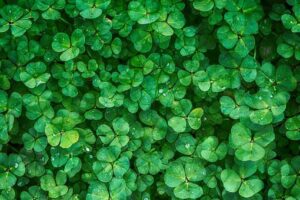
2. Clover- Clover grows continuously after harvesting, this legume attracts pollinators such as bees and is also used to feed livestock. Clover can be grown as a perennial, annual, or biennial. Clover thrives best in the temperate zones of the Northern Hemisphere. Clover fixes nitrogen in the soil with the help of bacteria to transform nitrogen that resides as gas within the soil’s air pocket into a stable organic compound to deliver nutrients to plants. Clovers grow their best when grown in clay or sandy loam soil along with getting at least 2-6 hours of sunlight per day. The pH range for clove is 6.0 to 7.0
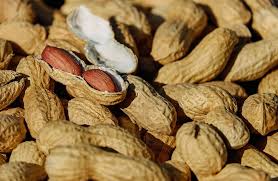
3. Peanuts- Peanuts are one of my favorites, this legume thrives best in tropical-sub tropical regions but is native to the Western Hemisphere. Peanuts are used as food for humans and animals, although peanuts can be grown in most soil types peanuts grows best in light sandy soils and needs 5-7 hours of sunlight per day. The pH range for peanuts can be 5.8 and 6.2
Peanut cover crops as it decomposes releases nitrogen into the soil, The microbes in the soil are responsible for this breakdown and release nitrogen into the soil which in turn is taken up by the plant’s roots.
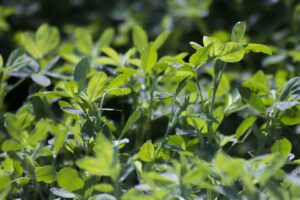
4. Alfalfa- Alfalfa is a perennial legume and is cultivated as a crop in many countries. Alfalfa is used for forging, grazing, cover crops, and green manure. Alfalfa is also used as a source of vitamins, because of its deep root system alfalfa is highly resistant to drought. There are said to be ” over 200 Varieties of alfalfa”.
Alfalfa can be successfully grown in a wide range of soils but prefers soils such as silt loam soil, clay loam soil, and sandy loam. Alfalfa thrives best in soil that has a pH range anywhere from 6.8 to 7.5. Alfalfa also needs 6-8 hours of sunlight per day, alfalfa adds nitrogen to the soil and also helps to prevent soil erosion.
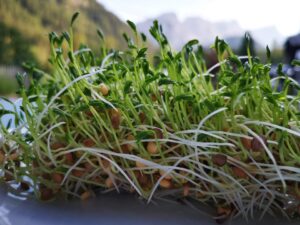
5. Lentils- Lentils are also nitrogen-fixing plants, lentils are hardy annuals that grow on vine branches that are sparsely this cool-season plant is consumed by many for its nutritional value. Lentils flower from the lower branches until harvest time. The lentil flowers produce a pod that’s short and contains 2 seeds.
Plant lentils in the full sun, a loose organic soil that’s well-drained is ideal for your lentil to thrive, the soil Ph range for lentils can be anywhere from 6.0 and 6.5.
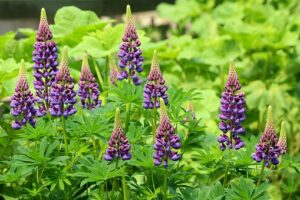
6. Lupins- Lupins are popular for use in cottage gardens, this plant produces beautiful bold flower spikes that are colorful. Lupins are grown as either perennials, annuals, or shrubby plants. Lupins are used as animal feed and in agriculture as a nitrogen-fixing plant, this perennial will not grow well in chalky or clay soil.
For your lupins to thrive or grow their best place them in soils that are slightly neutral to acidic, the soil should also be a soil that will hold moisture ( not waterlogged) and drains well.
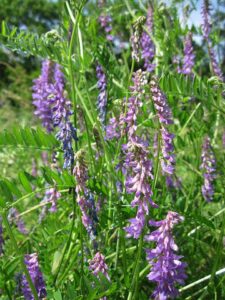
7. Hairy Vetch- Hairy vetch is a type of legume, this cold-hardy plant is used for bank stabilization and to improve soils along the roadsides. Hairy vetch is also grown as green manure, fodder crop, forage crop, or cover crop. This plant is not only a nitrogen-fixer but helps to improve soil tilth, protects soil from erosion, and is great for the control of weeds during its rapid growth during springtime.
Hairy vetch can thrive on most soil types that have good drainage, but the ideal or preferred soil is sandy or sandy loam soils. The soil pH can be either 6.0 or 7.0. Hairy vetch may tolerate direct sunlight but will grow best in semi-to partial shade.
Signs of Nitrogen Deficiency
- Pale yellowish green leaves
- Deficiency will appear first on the lower leaves (older leaves)
- Slow plant growth
- The plant begins to thin out
- Garden plants produce weak branches or shoots
- Flower and fruiting will be reduced
- Some species of plants will show signs of stems having purple strips
- Reduction in the growth of new leaves
Other Plants that Adds Nitrogen to the Soil
These are just a few of the many plants that are known as nitrogen fixers or plants that add nitrogen to the soil.
- Sweetfern
- Autumn olive
- Bayberry shrubs
- Silk tree
- Lupine flowers
- Scotch broom
- Cortalaria juncea
Other Benefits of Nitrogen-Fixing Plants
- Retains the soil’s moisture
- Protects plants from soil erosion by holding soil in place with its strong roots
- Contributes to the management of weeds
- Improves the soil’s fertility when used as green manure
- Attracts pollinators
- Serves as a forge and grazing material for cattle and poultry
Other Ways to Add Nitrogen to the Soil
Besides using nitrogen-fixing plants to add nitrogen to the soil there are other methods to achieve this, for those of you who missed it refer here to learn (how to add nitrogen to the soil) more on how to add nitrogen to the soil.
The final word on plants that add nitrogen to the soil
Nitrogen is important in order for plants to grow healthy, the use of nitrogen-fixing plants is a great and natural way to supply your plants with this nutrient. Nitrogen-fixing plants are winners and will help your garden, if you haven’t given this method a try then I encourage you to go ahead you will be so happy with the results. The other methods on other ways to add nitrogen to the soil have also proven to be effective. You are now armed with the knowledge to take full advantage of this vital nutrient that is so important to garden plants. Let me know what you think from the results you get as you work with these nitrogen-fixing plants.
About the author
Norman loves being in the garden, both at home and for his job....
he is 'Natures Little helper' being outdoors, growing his vegetables and flowers from an early age.
Now having spent over 22 years in the profession he want to give some of his knowledge to others...
his vast array of hints and tips you will find scattered over this site will help you no end growing plants in your garden.
